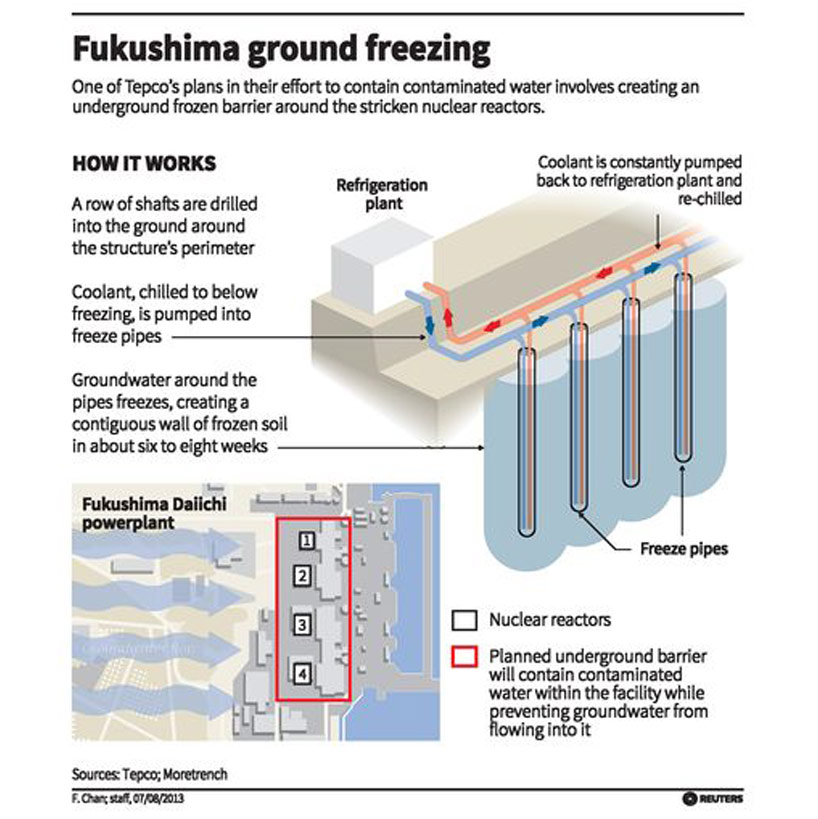KEEP UP WITH OUR DAILY AND WEEKLY NEWSLETTERS
created by brazilian graphic designer braz de pina, the superbike comes in two colorways: the first in silver arrow, and the other in white with red accents.
connections: +460
a design archive at finland's aalto university shows over 700 nokia products and sketches, including unseen prototypes.
connections: 81
explore the top 10 production and concept cars of 2024, from returning vehicles like honda’s HP-X and luca trazzi’s porsche 911 speedster to design tributes as seen in the jaguar-inspired supercat.
broken pieces of soft mirrors are pieced together using medical cotton gauze and 18-carat gold finishing, while the electric components installed allow them to move autonomously.







